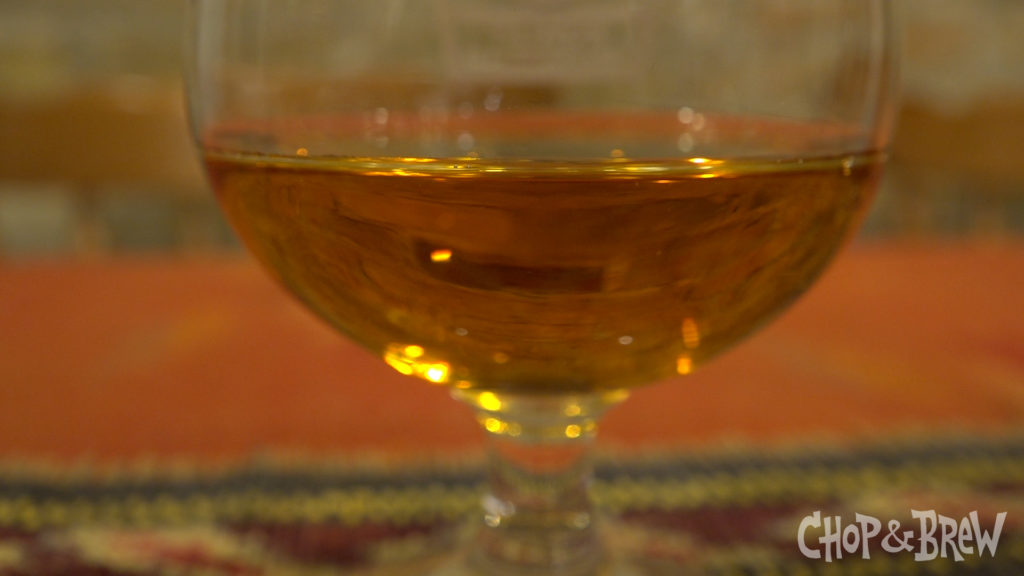
When it comes to apples for making ice ciders, you’re looking for the sugar content and the flavor. A lot of standard apples that you can get anywhere and everywhere work well for ice cider. McIntosh is a variety used by a lot of Quebec ice cider makers. Cortland works well for the cryo-extraction, if you’re going to freeze the apple solid and then press it. In general, table apples like Honeycrisp work well; there is very little acidity and tannin. When you concentrate it through freezing you bring out that wonderful sweetness, and you might have to consider adding a bit of acid or tannin back at the end of the process based on your tasting notes. The true cider apples are already high in acid and tannins. If you freeze and concentrate those flavors, you’re not going to have an enjoyable ice cider.
ICE CIDER RECIPE
For 1.75 U.S. Gallons
Ingredients
- 5 gallons fresh unpasteurized apple cider.
- The batch in the video above: Pine Tree Orchard, White Bear Lake, MN. Blend included: Haralson, Regent, Cortland, Keepsake, and Fireside
- 2 tsp yeast nutrient
- 5g yeast: Lavlin 71-B, properly rehydrated.
Directions
Freeze the juice solid; use a container with a bottom outlet, such as a mash tun or bottling bucket.
Once frozen, slowly thaw and collect the melting liquid until target OG is reached. Goal OG is 1.129-1.154.
Oxygenate with pure O2 and add the yeast nutrient and rehydrated yeast.
Primary fermentation: 60° F for 60 days. Primary fermentation is complete when it reaches a stable final gravity. Goal FG is no lower than 1.050!
Rack into a secondary jug. Secondary fermentation: 60° for 90 days to condition before bottling.
